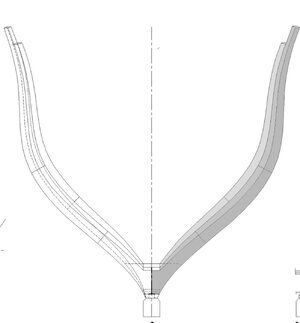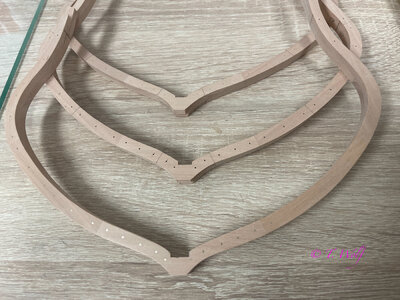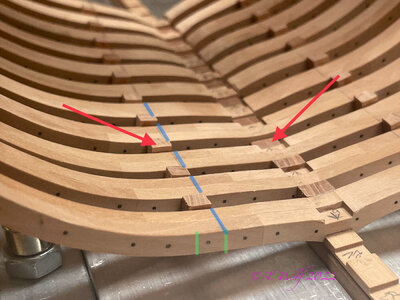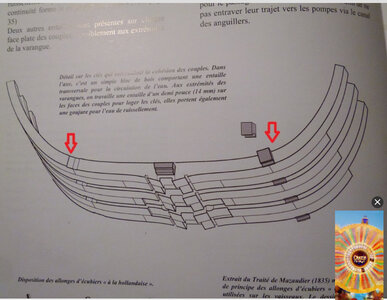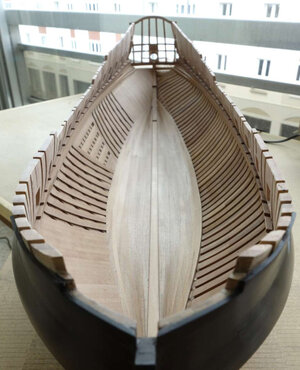Thank you Adi, Splitter, Jim and Paul for your words of appreciation.
Translated with www.DeepL.com/Translator (free version)
Adi it is good to get your feedback, thank you.Very clean work, very clear and extremely informative.
Paul, as you know, you don't have to be part of this group, so I'm even more pleased that you keep stopping by, thank you.Thank you for this tutorial. While I am not a part of this group build, I still learned a lot.
Jim I am still far away from the master and try as good as possible to represent my work steps. I am sure there are other ways to get a good result, but thank you.Master at work!! Love the way you build: Simple with precision!
Splitter I'm glad if my instructions are understandable, if you have any questions I'm happy to help, thank you.Tobias, again Fantastic and clear explanation and clear photos
Translated with www.DeepL.com/Translator (free version)






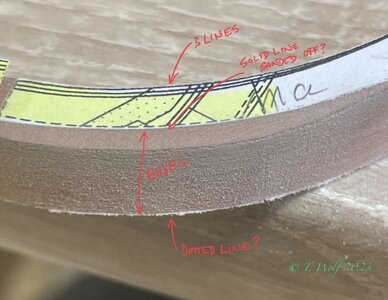
 ). But what would be a shame if you planked everything because you wouldn't see your great work at all. But that is your decision alone.
). But what would be a shame if you planked everything because you wouldn't see your great work at all. But that is your decision alone.
